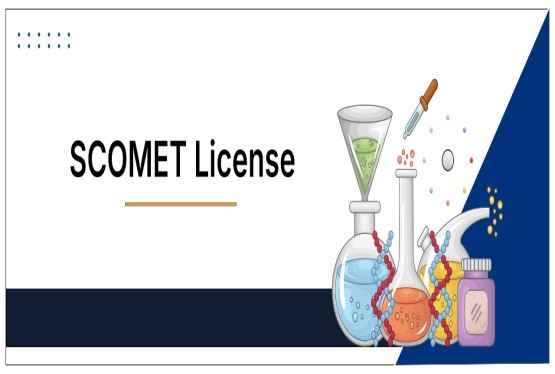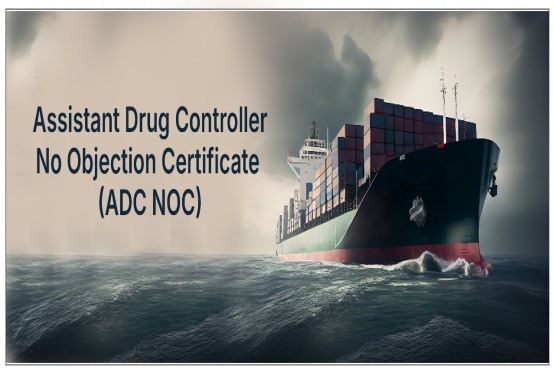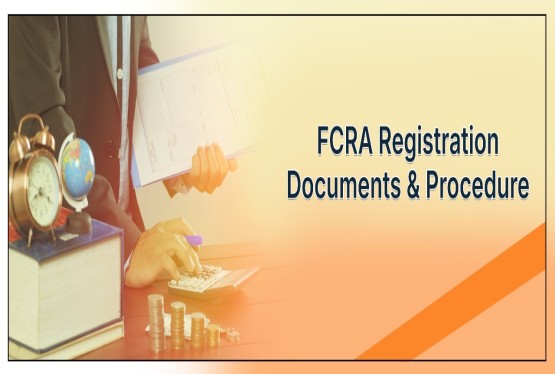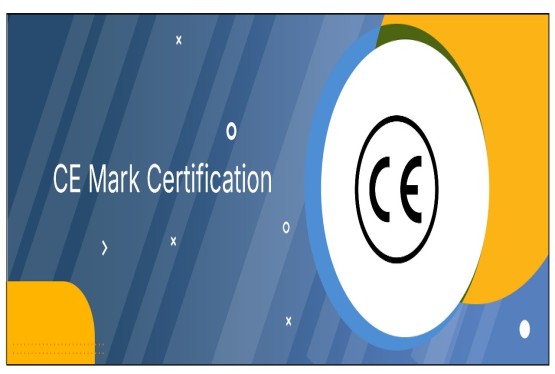Packaging is one of the largest applications of plastic in India today. Plastic’s unique qualities, such as its lightweight, cost-effectiveness, and ease of manufacturing, have made it an integral part of the packaging industry. However, the indiscriminate use of plastic and the lack of effective waste management practices have created a massive environmental challenge. Plastic waste has become one of the most pressing pollution issues globally. This article explores the key challenges of plastic waste management in India and outlines effective strategies that businesses, especially Producers, Importers, and Brand Owners (PIBOs), can adopt to manage plastic waste responsibly.
Issues with Plastic Waste Management in India
For businesses in the plastic packaging sector, knowing the harmful effects of poor plastic waste management is important. The primary issues include:
1. Non-Biodegradability: Plastic waste takes hundreds of years to decompose, leading to severe environmental hazards.
2. Choking of Drains: Improper disposal of plastics in urban areas leads to blocked drainage systems, causing urban flooding and hygiene issues.
3. Unregulated Informal Sector: A significant portion of plastic waste management occurs in the informal sector without scientific processes.
4. Use of Virgin Plastic: Many industries rely on virgin plastic instead of recycled materials, further increasing plastic production and waste.
How Should PIBOs Design Their Plastic Waste Management Strategies?
1. Identifying the Problem
PIBOs must adopt the principles of a circular economy and minimize waste generation. Extended Producer Responsibility (EPR) obligations under the Plastic Waste Management Rules, 2016, define their legal duties. FMCG, pharmaceutical, and cosmetic industries are major contributors to plastic waste and must take proactive steps to address the issue.
2. Analyzing the Life Cycle of Plastic Packaging
PIBOs should categorize plastics by type, such as polystyrene (PS), polyethylene terephthalate (PET), and high-density polyethylene (HDPE). Understanding their lifecycle and reactivity can help identify effective waste management strategies.
3. Finding Alternatives
Investing in R&D to develop alternatives that mimic plastic’s qualities can significantly reduce plastic dependency. Biodegradable and eco-friendly materials are excellent substitutes for traditional plastics.
4. Understanding Regulations
Adherence to the Plastic Waste Management Rules, 2026, and EPR Guidelines is vital. These regulations define permissible disposal methods and limits for plastic waste. PIBOs should minimize unnecessary packaging and promote eco-friendly materials.
5. Implementing Identified Strategies
Collaborating with waste management agencies and urban local bodies or developing in-house recycling infrastructure can help PIBOs achieve their EPR targets. Ensuring compliance with EPR regulations is crucial.
Examples of Effective Plastic Waste Management Strategies
1. Reprocessing
Reprocessing involves converting plastic waste into granules for reuse. This method is effective and profitable, as reprocessed plastics are used to manufacture carry bags, buckets, and other products. Techniques like extrusion and compounding are widely used in this process.
2. Advanced Recycling
Advanced recycling uses chemicals or biological agents to break down plastic waste. It includes:
-Pyrolysis: Converts plastic into crude oil.
-Chemical Recycling: Breaks down plastics into their chemical components.
-Gasification: Converts plastics into gas, which is used for energy production.
-Biological Recycling: Uses organisms like bacteria and fungi to decompose plastics.
3. Using Biodegradable Plastics
Biodegradable plastics, made from renewable materials, can decompose naturally. These are ideal for disposable items like food service containers and packaging.
4. Minimizing Virgin Plastic Use
Switching to reusable materials like metal or glass and adopting bulk packaging can significantly reduce plastic waste.
5. Waste Management Equipment
Advanced equipment such as shredders, compactors, and balers can streamline the recycling process. Investing in such technologies helps manage plastic waste efficiently.
6. Creating Awareness
Promoting the segregation of plastic waste at the source and encouraging the use of biodegradable alternatives can drive community-level change.
Conclusion
Plastic waste management is an important challenge that requires collective efforts from industries, governments, and individuals. With India’s plastic demand projected to reach 22 million tonnes by 2023, adopting sustainable waste management strategies is more important than ever. Producers, importers, and brand owners must take the lead in implementing effective strategies that comply with regulations and promote sustainability. Public awareness and innovative technologies can pave the way for a cleaner and greener future.
FAQs
1. What are the primary issues with plastic waste management in India?
Ans. The major issues include non-biodegradability, unscientific waste disposal methods, reliance on virgin plastics, and the unregulated informal sector.
2. What is Extended Producer Responsibility (EPR)?
Ans. EPR is a policy approach where producers are responsible for the entire lifecycle of their products, including post-consumer waste management.
3. What are some alternatives to plastic packaging?
Ans. Alternatives include biodegradable plastics, paper-based materials, metal containers, and glass packaging.
4. How does reprocessing help in plastic waste management?
Ans. Reprocessing converts plastic waste into granules that can be reused to make new products, reducing the need for virgin plastics.
5. What is advanced recycling?
Ans. Advanced recycling involves chemical and biological processes like pyrolysis, gasification, and biological decomposition to recycle plastics efficiently.
6. Why is biodegradable plastic important?
Ans. Biodegradable plastics decompose naturally, reducing the environmental impact of plastic waste.
7. How can businesses reduce their plastic waste footprint?
Ans. Businesses can adopt strategies like bulk packaging, using recyclable materials, investing in advanced recycling equipment, and minimizing the use of single-use plastics.











































































_crop10_thumb.jpg)







_Rules,_2025_learn_crop10_thumb.jpg)
























































































_crop10_thumb.jpg)








 in BIS FMCS_learn_crop10_thumb.jpg)










_crop10_thumb.jpg)















_crop10_thumb.jpg)





_Code C-888_learn_crop10_thumb.jpeg)
_learn_crop10_thumb.jpg)

































































_Certificate_learn_crop10_thumb.jpg)

_Certificate_(1)_crop10_thumb.jpg)















_learn_crop10_thumb.jpg)

_crop10_thumb.jpg)


















_Scheme_learn_crop10_thumb.jpg)


_learn_crop10_thumb.jpg)










